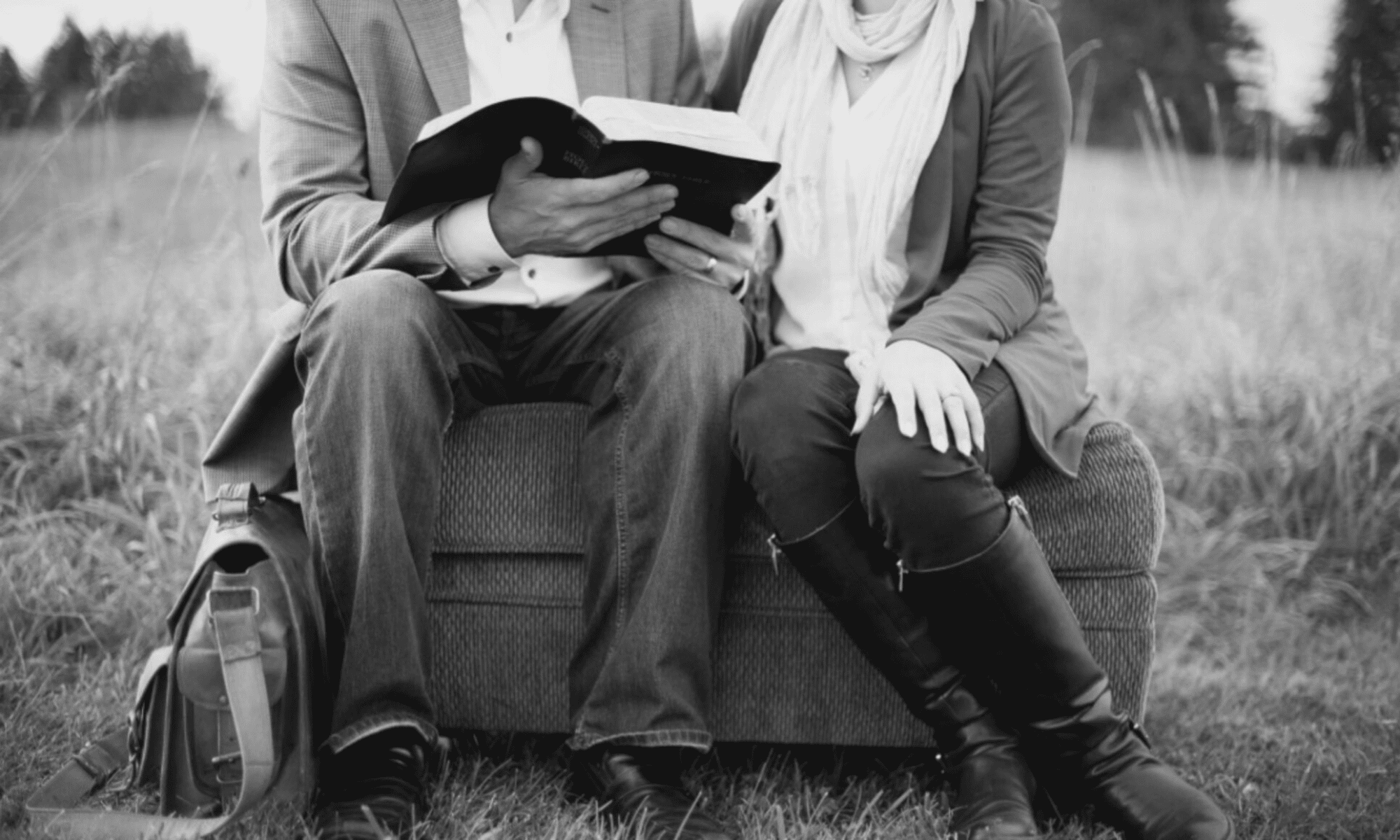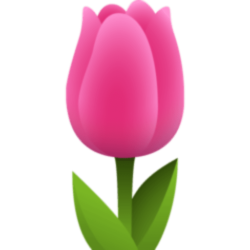In this series, we’ve been talking about Relationship Dynamics and what they look like in terms of Couple Types using the PREPARE/ENRICH Inventory. This is an excellent, user-friendly tool to help couples prepare for marriage. Or to improve the marriage they already have.
In my first post, I described this online assessment, noting what I believe to be its greatest strength, its possible strength, and its greatest weakness. I became a Certified Facilitator in 2002 and began using it with couples as a Clinical Psychologist.
Several years later, I became a PREPARE/ENRICH Trainer.
I helped launch numerous Marriage Programs at local churches, training pastors, marriage mentor couples, and mental health professionals who needed help learning to work more effectively with couples. Although I closed my Clinical Practice in 2021 and no longer train Facilitators, currently use PREPARE/ENRICH in my Couple’s Coaching Programs.
The Facilitator Report
It provides so much useful information, well beyond what I’ve shared so far. The Facilitator’s Report goes into a lot of detail to help create a more-or-less comprehensive experience for couples. But you’re probably not interested in all that data. So I decided to do this post to give you an overview of what’s included in the Couple’s Report.
The Couple Report
The first graph shows the couple’s strength and growth areas.

PREPARE/ENRICH is a customized assessment.
So which areas show up on this page will depend on the characteristics of the couple. For example,
- Are you married or not married yet?
- Do you have different cultural backgrounds?
- Is one of you 55 years of age or older?
- Do you have children or plan or have children?
There are even different versions based on your spiritual beliefs: Standard Non Faith-Specific, Catholic, Protestant or Non-Denominational, Orthodox Christian, Jewish, or Interchurch/Interfaith.
However, all versions evaluate Couple Communication and Conflict Resolution. A Certified Facilitator will help the couple complete their first exercise in Skill Building called, Sharing Strength and Growth Areas.
The second graph displays the data on Relationship Dynamics.

The two dynamics on the left drive a positive cycle, whereas the two on the right drive a negative cycle. Therefore, the goal is high scores on the positive and low scores on the negative, as you see in this example. For more detail, please watch the first video in this series, How I Use PREPARE/ENRICH.
Over the years, I developed my own version of the exercise: Making a Wish List. A simpler version of this skill-building exercise is included in the Couple Workbook and taught in the Facilitator Training Workshop.
Next is the Personal Stress Profile.

The Facilitator will walk the couple through two skill-building exercises: 10 Steps for Conflict Resolution and Conflict Resolution.
Couple and Family Maps

The Couple and Family maps assess closeness and flexibility, past and present. Subsequent skill-building exercises help premarital couples talk about what they liked and disliked about their families of origin, as well as customs they’d like to keep in their new family.
SCOPE Out Your Personalities

The final graph shows data on the SCOPE Personality Scales, showing similarities and differences between partners.
- S: A high score of Social (S) reflects preference for and behavior in social situation. The higher the score, the greater the preference for social activities. The lower the score, the greater the preference for being alone.
- C: A high score on Change (C) reflects openness to change, flexibility, and interest in new experiences. The lower the score, the more one values stability and traditional approaches to life.
- O: A high score on Organized (O) reflects how organized and persistent a person is in their daily life and work. It also reflects persistence in pursuing goals. A lower score reflects a more free-spirited approach and indicated that being organized is not their highest priority.
- P: Pleasing (P) reflects how considerate and cooperative one is in their interactions with others. A person with a high score tends to be trusting, friendly, and cooperative. They are optimistic about people, and may be thought of as a pushover by some. They might have a hard time asking for what they want from their mate. At the other extreme, a low score suggests a tendency to be somewhat competitive, stubborn, or assertive.
- E: Emotionally Steady (E) reflects the tendency to stay relaxed and calm even when faced with stress, versus those who are more emotionally reactive to stress in their life.
The skill-building exercise for this graph focuses on the stability of personality traits and ways couples can maximize the strengths of each.
As noted in my first video, PREPARE/ENRICH does not address gender differences in marriage. Therefore, I integrate the skill-building exercises with additional education and exercises to help partners understand how the opposite sex operates. That’s the unique part of my Couple’s Coaching Programs.
If you’re interested in finding a Facilitator near you so you experience PREPARE/ENRICH for yourself, be sure to check out their website.
And if there’s anything else I can do for you, please let me know. Remember, I’m here to help.



